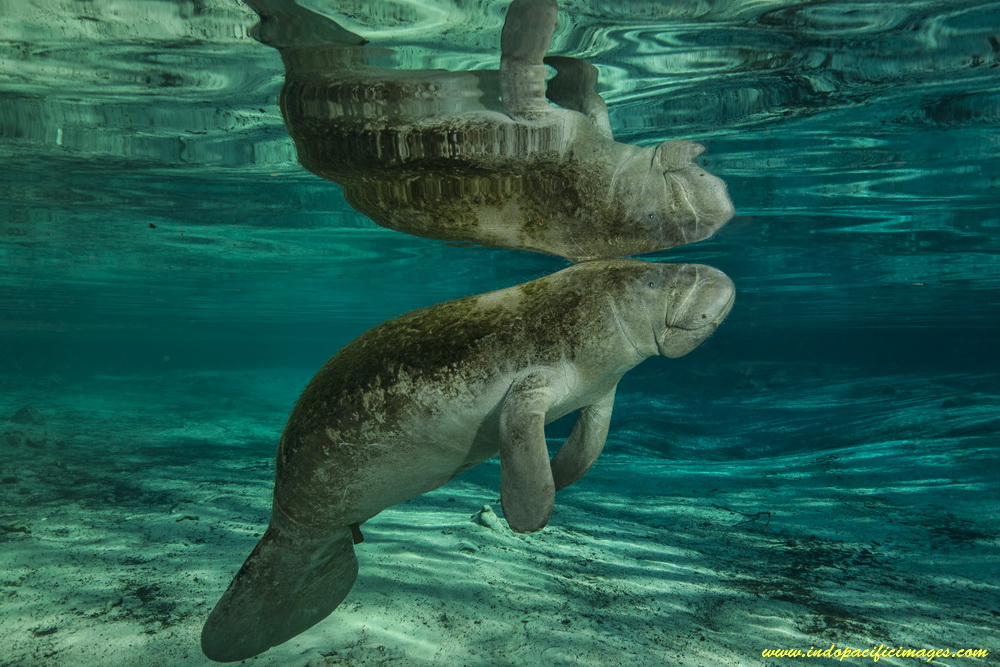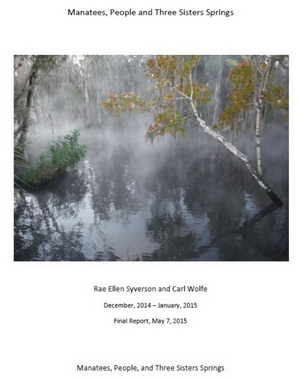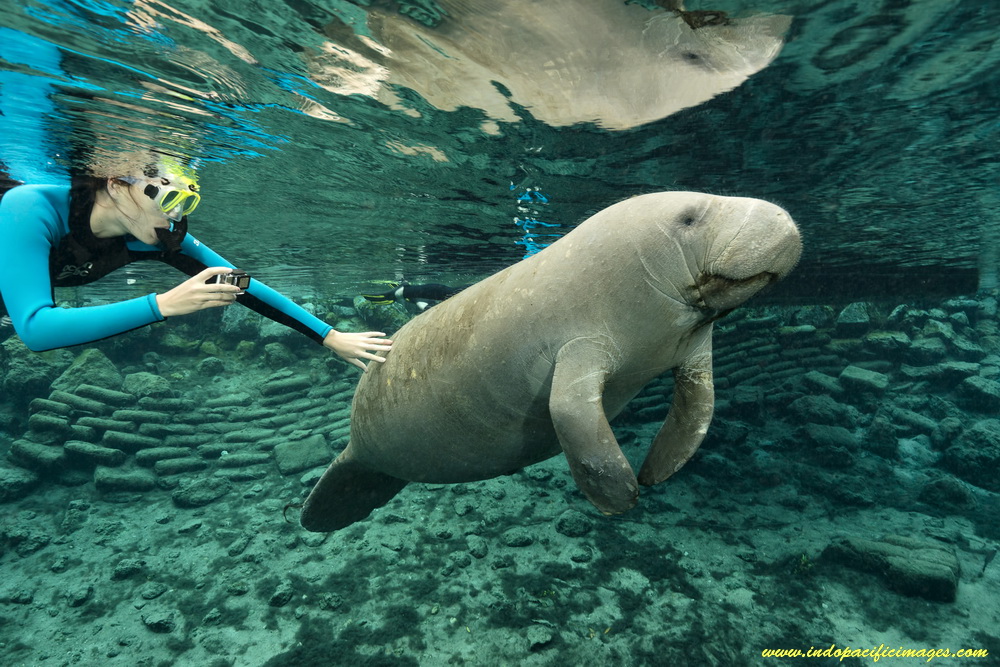What does the future of Crystal River manatee tourism look like? Well, the signs are that it will be quite different from the past with access in to the Three Sisters Springs quite severely restricted.

The situation is more than a little bit vexed – people’s businesses and livelihoods at stake. So in my (admittedly somewhat limited…) experience, as soon as government agencies get involved in restricting access to “public” places, tempers flare quickly in the USA!

That said, here is the basic situation as I understand it… The US Fish and Wildlife Service commissioned a survey on “Manatees, People and the Three Sisters Springs”. Which was conducted in the peak visitor months of December 2014 and January 2015 by Rae Ellen Syverson and Carl Wolfe.
The final report was released in May 2015 and (in my opinion…) is well written, factual and to the point. Plus it draws some very significant conclusions about the absolutely chaotic conditions at the Three Sisters during peak tourist periods.
From there, in November 2015, the Fish and Wildlife Service issued a draft environmental assessment for their “Proposed Aquatic Habitat and Wildlife Viewing Improvements” at the Three Sisters Springs.
Future of Crystal River Manatee Tourism – 4 Options
At 114 pages the draft assessment is a pretty comprehensive document. It calls out four options to improve manatee viewing, which I have summarized below:

A) No Action: Maintains existing management measures within the Springs and the spring run during manatee season. No provision for any additional measures.
B) Manatee Viewing from Land Only: Protection of resting and nursing manatees from potential disturbance. As a a result of closing the Springs to all in-water access during the manatee season.
Also enhances land-based manatee viewing opportunities for visitors through the construction of boardwalks and a viewing platform/observation area.
C) Guided In-Water Manatee Viewing: Allows for limited, guided in-water manatee viewing.
A total of 29 people (visitors, guides, and photographers/videographers) would be allowed in the water. Furthermore six additional refuge staff or designees could be in the water for purposes such as, but not limited to, manatee rescue and release, research, environmental education/filming, and habitat restoration.
D) Modified Guided In-Water Manatee Viewing: Allows for limited guided in-water manatee viewing. Plus improved land-based manatee viewing, and habitat improvements via partnerships. This alternative is the result of public and peer review comments. But instead of 29 people only 13 would be allowed in the water.
As of late May 2018 it does not appear that a final decision has been made…

Back To: Compete Guide to Crystal River Manatees
